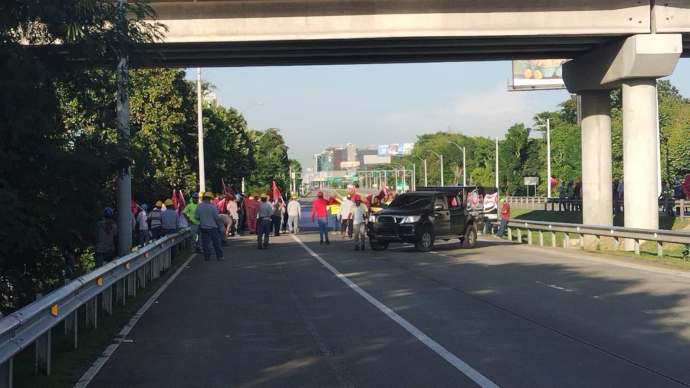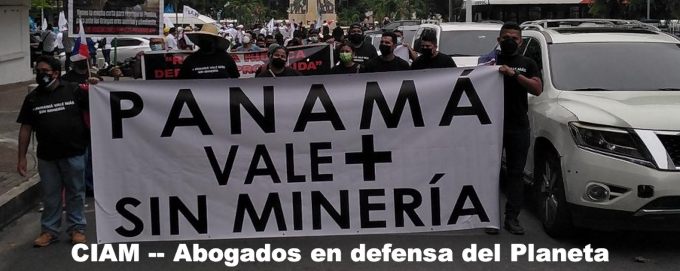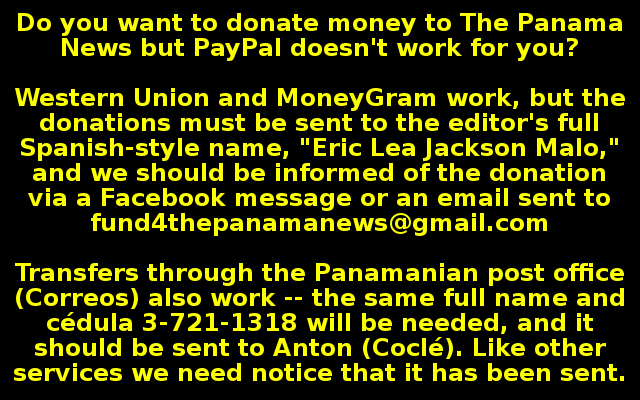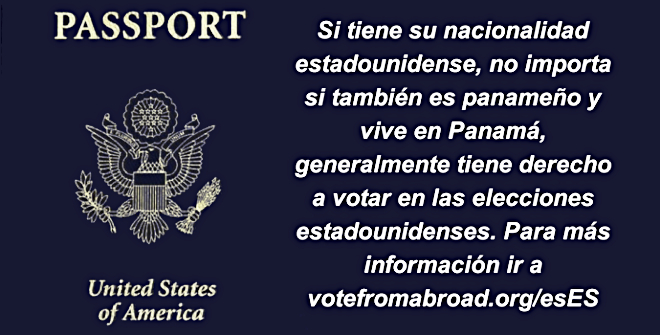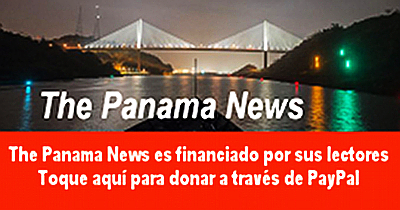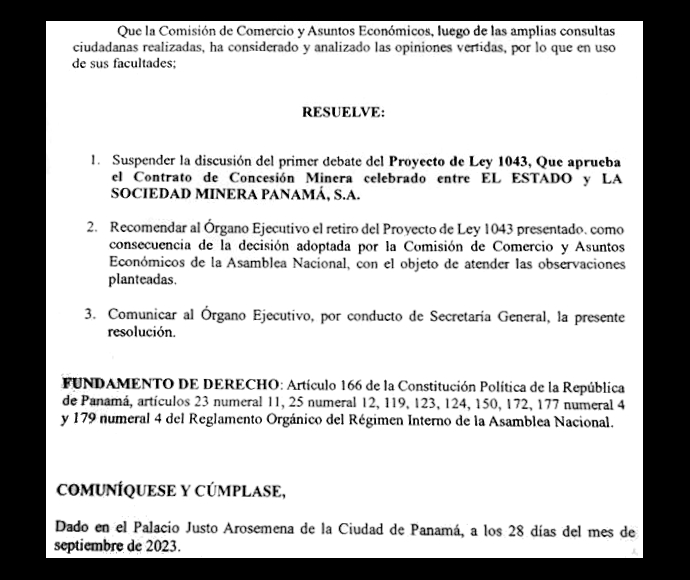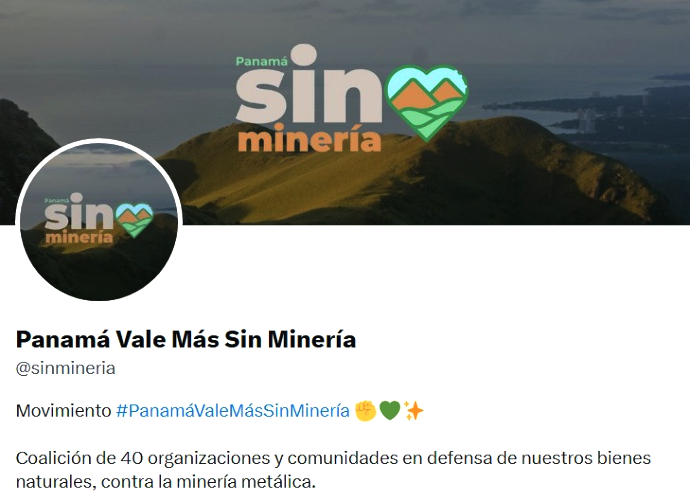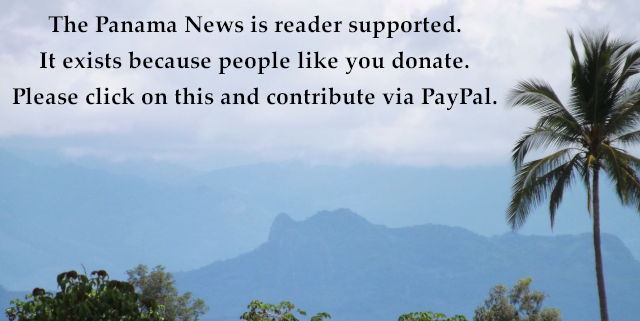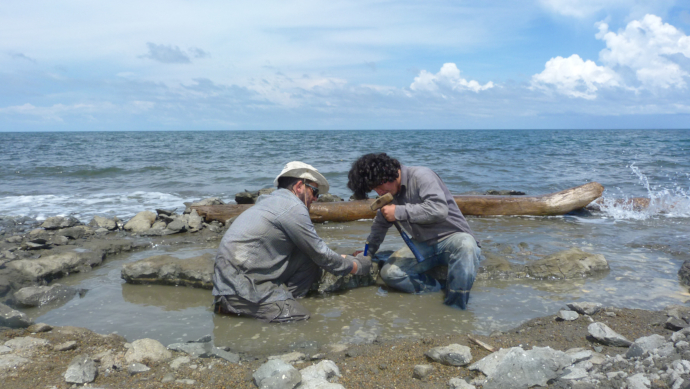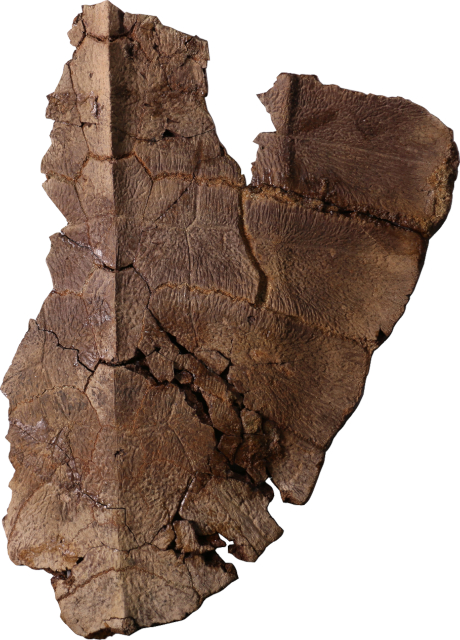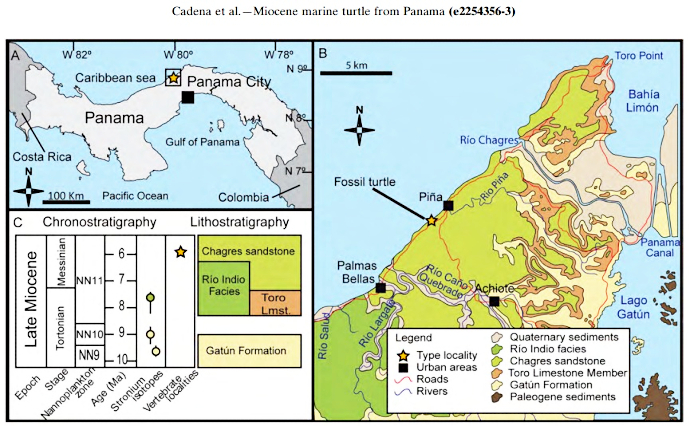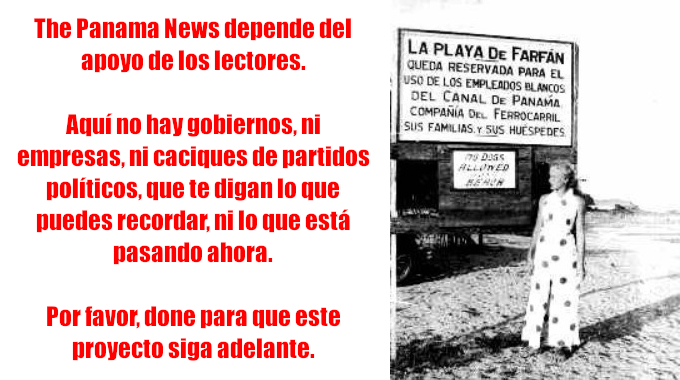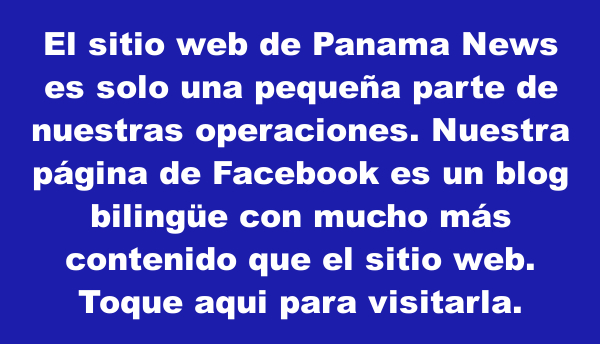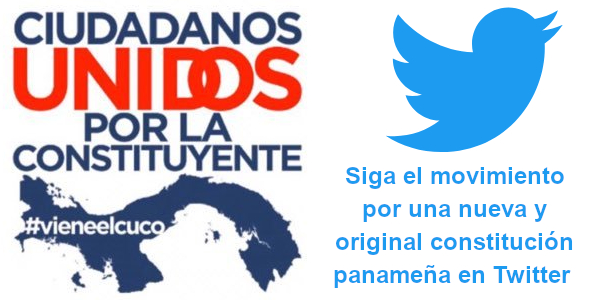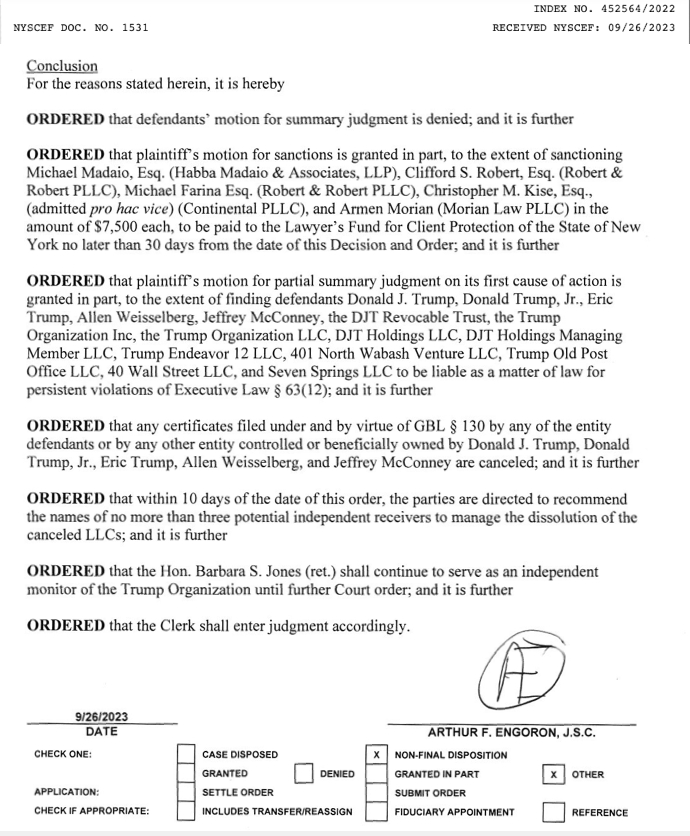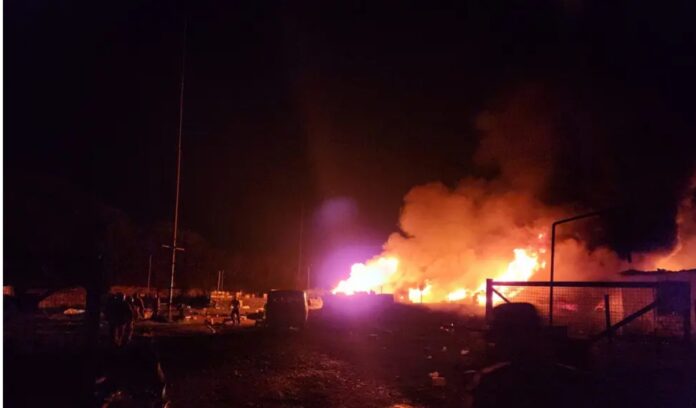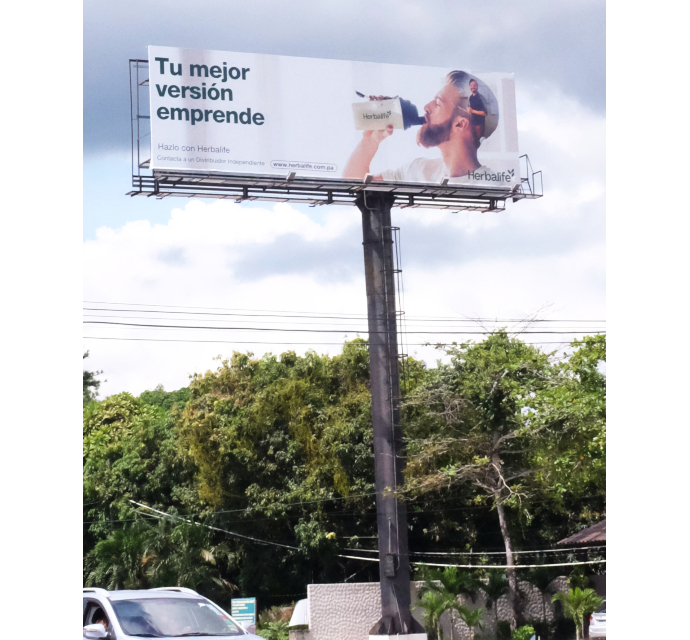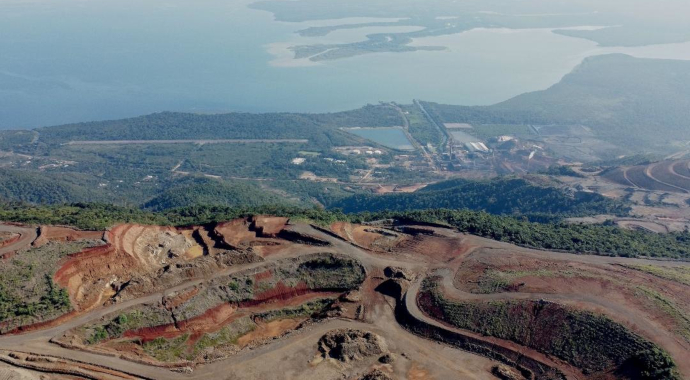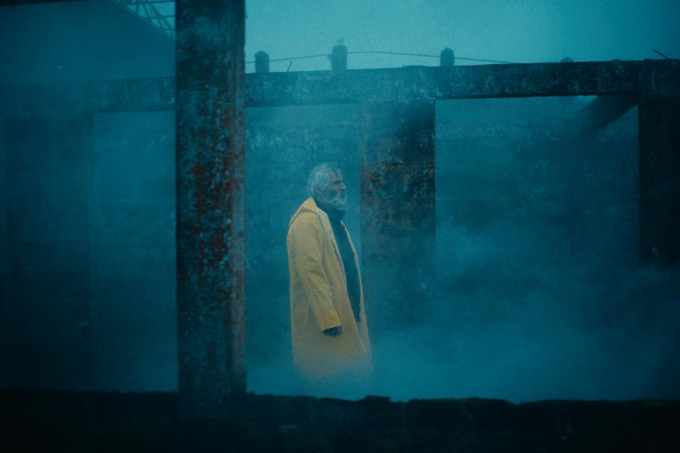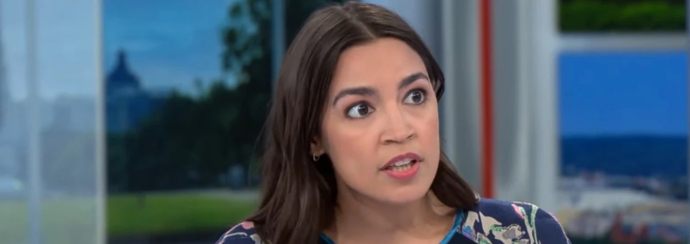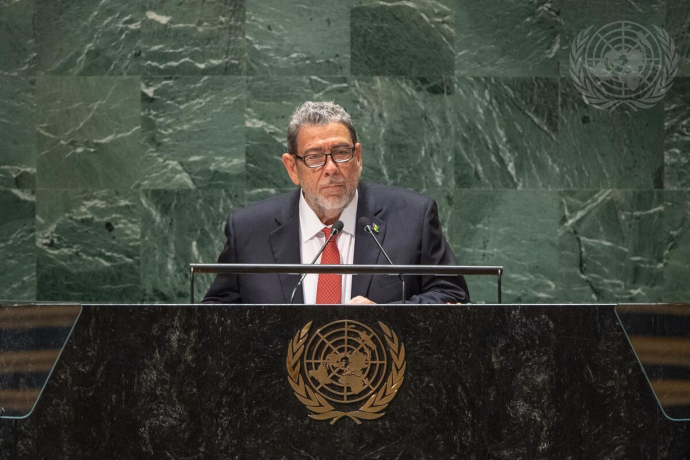De XIW (MIEDO) documental guatemalteco de 2022.
Películas sobre las realidades centroamericanas en el Festival ICARO
por Roberto Enrique King — GECU
El cine es entretenimiento y al mismo tiempo puede ser vehículo de expresión y de denuncia de las realidades de cada pueblo, y en el caso del cine centroamericano esto se hace verdad en las producciones que anualmente presenta en nuestro país el FESTIVAL DE CINE ICARO PANAMÁ, que en esta ocasión nos llega del lunes 2 al sábado 7 de octubre en el Cine Universitario y luego en Chiriquí y Bocas del Toro, organizado por el GECU de la Vicerrectoría de Extensión de la Universidad de Panamá en conjunto con la Fundación FAE, con el respaldo de la Dirección de Cine del Ministerio de Cultura y los auspicios de AECID y el Ministerio de Desarrollo Social, entre otras instancias, con funciones gratuitas.
Especialmente habría que prestar atención a filmes como DOMINGO Y LA NIEBLA, ficción de Costa Rica de Ariel Escalante, que abre el festival el lunes 2, en la que unos matones a sueldo atemorizan a un pueblo con el fin de sacar a los vecinos para poder construir una autopista que pase por sus terrenos; el martes 3 se destaca XIW (MIEDO), documental de Guatemala de Ameno Córdoba y Pepe Orozco, una potente referencia para la actualidad panameña, en la que grupos indígenas guatemaltecos se enfrentan al gobierno por la presencia de una gigantesca mina de níquel a cielo abierto que está acabando con sus vidas y su medio ambiente, con sobornos, muertos y represión de por medio.
El miércoles 4 resalta el también documental de Guatemala, EL SILENCIO DEL TOPO, de Anais Taracena, historia del llamado Schindler centroamericano, quien se infiltró en un alto cargo dentro de uno de los gobiernos más represivos de Guatemala y desde allí salvó la vida de decenas de disidentes, para luego revelar todo en un juicio de Estado; mientras que el jueves 5 el foco estará en la ficción de El Salvador, POLVO DE GALLO, de Julio López, que se ambienta en una ciudad centroamericana no definida administrada por “El Sistema”, que obliga a todas las mujeres en varios momentos de sus vidas a entrar en un complejo donde son sometidas y vejadas sexualmente, especialmente en el temido cuartito llamado Polvo de gallo.
El resto de las películas programadas, cortos y largos panameños, centroamericanos e internacionales, también nos presentan un abanico de temas de tremenda actualidad e importancia que hablan de un cine pertinente y preocupado por su entorno, su cultura y su historia. Toda la programación y actividades están registradas en www.festivalicaropanama.com
De Domingo y La Niebla (drama costarricense de 2022)
6° FESTIVAL DE CINE ICARO PANAMÁ – OCTUBRE 2023
PANAMÁ: – CINE UNIVERSITARIO – LUNES 2 AL VIERNES 7
TANDAS: 3, 5 Y 7 PM
ENTRADA GRATIS
PROGRAMACIÓN SUJETA A CAMBIOS
● Muestra Itinerante de películas centroamericanas e internacionales ganadoras y nominadas en el 25° Festival Internacional de Cine en Centroamérica ÍCARO – Guatemala 2022.
● Muestra de películas panameñas seleccionadas por un jurado para competir en el 26° Festival Internacional de Cine en Centroamérica ÍCARO – Guatemala 2023
Lunes 2:
DOMINGO Y LA NIEBLA (Costa Rica 2022), ficción de Ariel Escalante, con Carlos Ureña, Sylvia Sossa,Esteban Brenes.
El pueblo en el que vive Domingo está amenazado por unos matones que un promotor contrató para expulsara sus vecinos y poder construir una autopista. Pero Domingo, quien además recibe la visita del fantasma de su mujer entre la niebla, se niega a salir y se comienzan a complicar las cosas.
Mejor Película C.A., Mejor Dirección, Mejor Actuación Masculina, Mejor Cinematografía y Mejor Sonido.
Duración total: 92’
Martes 3:
TÍRATE UN FREE (Panamá 2022), documental de Angel Corro.
Una pequeña comunidad de amantes del rap comienza a crecer desde las plazas y parques de Panamá. El rap improvisado y su amor por el hip-hop los une. Desde rapear en buses para buscar su sustento diario hasta representar al país en grandes escenarios, estos jóvenes solo buscan ser entendidos y aceptados por la
sociedad. Nominada a Mejor corto Documental C.A. (25’)
LA PROMESA (Costa Rica 2021), ficción de Alberto Amieva Leyva.
En un mundo aparentemente post apocalíptico, un grupo de mujeres y hombres huyen y se resguardan de algo que está afuera y los acecha. Encerrados sin agua ni comida tendrán que tomar decisiones extremas y encontrar la forma de salir para llegar a una ciudad donde al parecer aún quedan personas. Nominada a Mejor
Corto Ficción Centroamericano. (15’)
XIW (MIEDO) (Guatemala 2022), documental de Ameno Córdova y Pepe Orosco.
La resistencia Maya Q’eqchi; de El Estor, Izabal, lucha contra el monstruo del extractivismo y la destrucción que causa una mina. Pescadores, autoridades ancestrales, comunidades y el lago sagrado están siendo amenazados por la “mancha roja”. Contaminación, criminalización, muerte y el miedo están en el ambiente, pero el pueblo no se deja. Mejor Corto Documental C.A. (40’
Duración total: 80’
Miércoles 4:
MEMORIA VIVA: FEBE ELIZABETH VELÁSQUEZ (El Salvador 2021), animación de Gabriela Turcios y Daniel Portillo.
Historia de vida de la sindicalista Febe Elizabeth Velásquez, líder del movimiento obrero salvadoreño activo durante el conflicto armado de los años 1980.
Mejor Animación C.A. (7’)
CHECK ON A MATE (COMPROBAR UN MATE) (Honduras 2022), ficción de Salvador Aguilar.
Fred Brooks es un anciano olvidado hace mucho tiempo en un asilo de ancianos, que juega al ajedrez a travésde correspondencia postal con su viejo amigo Marcel, quien un día, de la nada, dejó de escribirle. Ahora Fred necesita descubrir por qué.
Mejor Corto Ficción C.A. (12’)
EL SILENCIO DEL TOPO (Guatemala 2021), documental de Anais Taracena.
A fines de los 70, el periodista Elías Barahona, alias El Topo, se infiltró en un alto cargo de uno de los gobiernos más represivos de Guatemala y desde su posición salvó la vida de decenas de disidentes. Logra escapar y luego acepta declarar en un juicio de Estado, en el que revela su doble vida y terribles y dolorosas verdades. La directora da voz al olvido y busca recuperar la memoria silenciada de su país.
Mejor LargoDocumental C.A. (90’)
Duración total: 109’
Jueves 5:
EL CLORO NO LIMPIA PECADOS (Costa Rica 2022), ficción de Mónica Murillo.
Dos amas de casa reciben una visita no deseada; mientras preparan una comida para sus invitados, podemos vislumbrar la historia de violencia doméstica con la que luchan en su interior.
Nominada a Mejor Corto Ficción C.A. (20’)
ATRÁPAME (Guatemala 2022), ficción de Miguel Salay.
Un hombre llega a su casa del trabajo y se encuentra una situación anómala que decide no enfrentar, y sale en su bicicleta a dar una vuelta por la ciudad, lo que se convierte en un periplo extraño y desgastante que lo trae de vuelta a su edificio un tanto fuera de sí.
Nominada a Mejor Corto Ficción C.A. (27’)
POLVO DE GALLO (El Salvador/México 2021), ficción de Julio López Fernández, con Paola Miranda,Egly Larreynaga, Alicia Chong.
En la capital de un país centroamericano es obligatorio que las mujeres ingresen a cuartos administrados por “El Sistema”, donde son sometidas a agresiones sexuales. Ninguna se salva de entrar y la habitación más temida es la famosa “Polvo de gallo”. El filme fue realizado junto a un colectivo de mujeres de cine y teatro.
Nominada a Mejor Film de ficción C.A., ganadora de Mejor Edición y Vestuario. (62’)
Duración total: 109’
Viernes 6:
PRELUDIO (Costa Rica 2021), experimental de Melania Porras, José García y Diego Alfaro.
(Preludio: Sustantivo 1. una acción o evento que sirve como introducción). Un cineasta, un arquitecto y una coreógrafa se juntan para crear esta especie de homenaje al mundo escénico y artístico en una sola toma.
Mejor Experimental C.A. (3’)
VIAJE A ALGUNA PARTE (España 2021), docudrama de Helena de Llanos.
La cineasta, nieta del actor, novelista y director Fernando Fernán Gómez, ahonda en la carrera profesional y la vida de Fernán Gómez y su mujer, Emma Cohen, y hace un viaje a un pasado cargado de recuerdos que conecta de forma irremediable con su presente. El título alude a El viaje a ninguna parte, película escrita, dirigida y actuada por su abuelo, sobre cómicos trashumantes.
Nominada a Mejor Largo DocumentalInternacional. (108’)
Duración total: 111’
Sábado 7:
PELÍCULAS PANAMEÑAS SELECCIONADAS PARA FESTIVAL ICARO INTERNACIONAL
3 pm
1989 (Panamá 2023), documental de Massiel Robles.
Un documental sobre la invasión a Panamá, realizado por jóvenes que no vivieron estos hechos, residentes de Santa Ana y El Chorrillo, barrios populares donde se dio el bombardeo más terrible de la historia de este país.
(13’)
RECUERDA (Panamá 2022), ficción de Alberto Serra, con Leo Witnitzer, Juliette Roy, Evjta Witnitzar.
Un hombre mayor coquetea con una mujer más joven, lo que resulta en una crisis existencial. Un día, un momento, un sentimiento pueden cambiarlo todo. Un cortometraje que deja sobre la mesa la pregunta: ¿Y si fuera yo? (7’)
CHUCHU Y EL GENERAL (Panamá 2022), documental de Joaquín Horna Dolande.
Chuchú Martínez -Doctor en filosofía y matemáticas, dramaturgo, poeta y aviador políglota – se une a laGuardia Nacional como recluta en 1974. Es designado como escolta personal del General Omar Torrijos, iniciando una amistad de casi una década, en los 70, que tiene su mejor momento con la negociación con
EE.UU. de los tratados del Canal de Panamá. (102’)
Duración total: 122’
5 pm
MAO LUCKY (Panamá 2022), animación de Luis Carlos Caballero.
Un gato de la suerte de cerámica da la bienvenida en una tienda a cada visitante moviendo su pata hacia arriba y hacia abajo. A la larga la patita sigue balanceándose, hasta que se rompe y se cae. El gato se frustra e intenta arreglarlo él mismo antes del día siguiente. (4’)
ESO NO RIMA, ficción de Roberto Villafañe, con Ash Olivera, Daniel Isaac, Freddy D’Elia.
Un difuso poeta quiere terminar y publicar su libro de poemas, y vive en un constante proceso creativo de escritura, inspirándose con todo lo que escucha y ve, lo que le ocasiona conflictos con su pragmática esposa que no le interesan estos temas. (16’)
EN EL AIRE (Panamá 2023), ficción de Roberto Thomas-Díaz, con Marisín Luzcando, Teresita Mans, Diana Mellado.
Tras 25 años como trabajadora doméstica, Edilsa enfrenta la realidad del desempleo en una era en donde todas las reglas parecen haber cambiado. Cuando conversa con sus patrones sobre sus cuotas del Seguro para poder jubilarse, resulta que nunca se las han pagado. (14’)
NACIÓN DE TITANES (Panamá 2022), documental de Joaquín Horna.
Un recorrido por la vida de los protagonistas de la época dorada de la lucha libre en Panamá, compartiendo los orígenes de este deporte, sus triunfos y derrotas, en un legado que enfrentará a su mayor rival, la prueba del tiempo. (95’)
Duración total: 129’
7 pm
CONVERSATORIO CON REALIZADORES NACIONALES Y JURADOS SELECCIONADORES
Contact us by email at / Contáctanos por correo electrónico a fund4thepanamanews@gmail.com
To fend off hackers, organized trolls and other online vandalism, our website comments feature is switched off. Instead, come to our Facebook page to join in the discussion.
Para defendernos de los piratas informáticos, los trolls organizados y otros actos de vandalismo en línea, la función de comentarios de nuestro sitio web está desactivada. En cambio, ven a nuestra página de Facebook para unirte a la discusión.
~ ~ ~
These announcements are interactive. Click on them for more information.
Estos anuncios son interactivos. Toque en ellos para seguir a las páginas de web.

